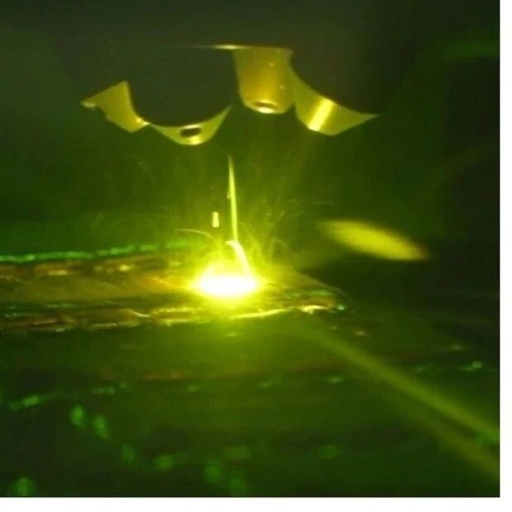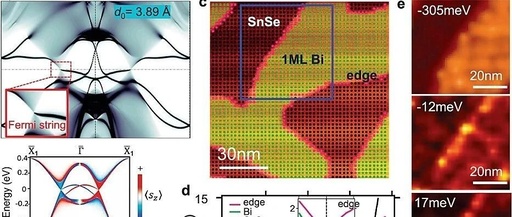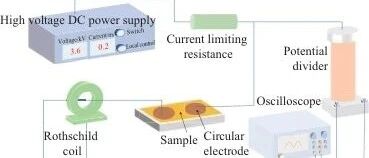Are Fighter Jet Components 3D Printed? Developed by the ‘Luoyang Youth Commando’!
Source: WeChat Official Account “CCTV Military” (ID: CCTV-7_Junshi) “The application of 3D printing technology in aircraft We have reached a scale and engineering level and are in a world-leading position” How to use 3D printing equipment to produce components for the new generation of fighter jets? Let’s explore together ↓ The following video is sourced … Read more







